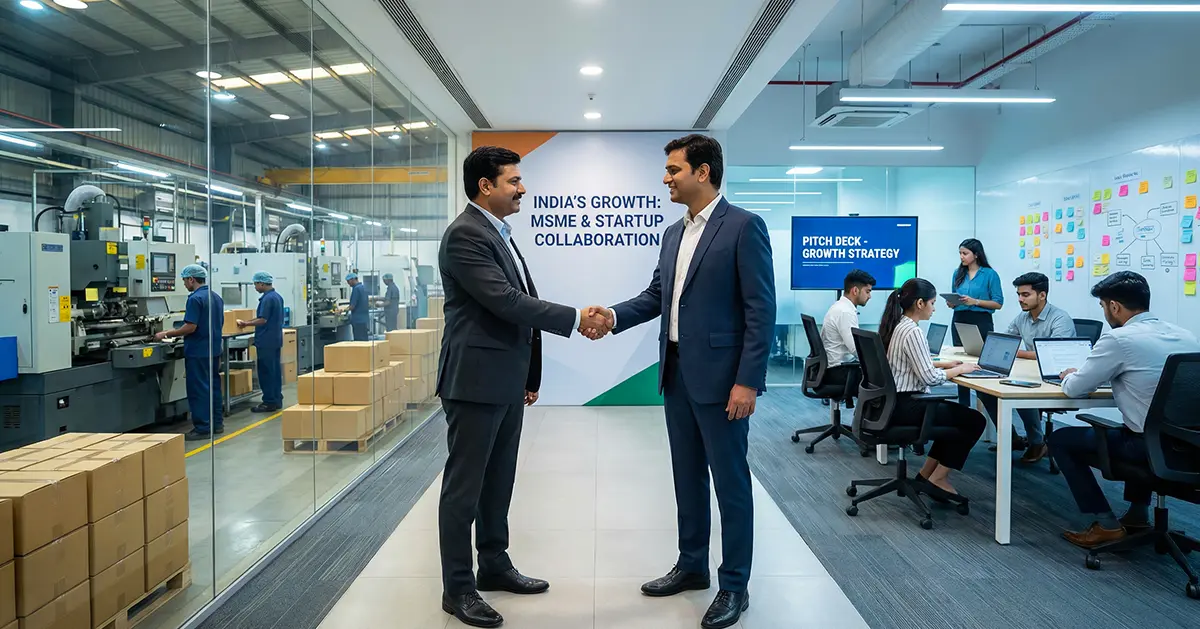
Introduction
The sugar industry in India is one of the largest contributors to the nation’s economy, playing a pivotal role in the agricultural sector. As the world’s second-largest producer of sugar, India has a vast network of sugar mills spread across the country. These mills not only support millions of farmers by processing sugarcane but also generate significant employment opportunities. If you’re looking to start a sugar mill in India, you’re tapping into a lucrative market with high demand and substantial government support.
Sugar mills are essential for converting sugarcane into sugar, molasses, and other by-products. With the growing population and increasing consumption of sugar and related products, the demand continues to rise. Starting a sugar mill in India involves careful planning, adherence to regulations, and substantial investment, but the rewards can be significant.
Market Analysis
Before you start a sugar mill in India, conducting a comprehensive market analysis is crucial.
Current Demand and Supply Dynamics
India’s sugar consumption has been steadily increasing due to population growth and changing dietary habits. The country’s annual sugar consumption is around 27 million tonnes, while production varies between 25 to 30 million tonnes, depending on agricultural output. This consistency in demand makes it an opportune time to start a sugar mill in India.
Key Players and Competition
Understanding the competitive landscape helps in strategizing your business plan.
- Major Players:
- Bajaj Hindusthan Sugar Ltd.
- Balrampur Chini Mills Ltd.
- Shree Renuka Sugars Ltd.
- Dhampur Sugar Mills Ltd.
While these large corporations dominate the market, there is ample space for new entrants, especially in regions with high sugarcane production but limited processing facilities. Identifying niche markets or specializing in organic or specialty sugars can differentiate your sugar mill in India.
Legal and Regulatory Requirements
Compliance with legal standards is mandatory when you start a sugar mill in India.
Necessary Licenses and Permits
- Company Registration: Register your business entity (Private Limited, LLP, etc.).
- Industrial License: Obtain under the Industries (Development and Regulation) Act, 1951.
- Factory License: Mandatory under the Factories Act, 1948.
- Environmental Clearance: From the State Pollution Control Board.
- GST Registration: For tax purposes, GST Registration is Mandatory.
- PAN and TAN: For income tax and TDS compliance.
Compliance with the Essential Commodities Act
Sugar is classified under the Essential Commodities Act, 1955.
- Production Control: Government regulates production quantities.
- Price Fixation: Sugarcane prices are fixed by the government (Fair and Remunerative Price – FRP).
- Distribution Regulations: Controls on distribution to stabilize supply and demand.
Adhering to these regulations is critical when you start a sugar mill in India to avoid legal complications.
Location and Infrastructure
Selecting the right location and setting up proper infrastructure are key steps.
Selecting an Optimal Location for the Mill
- Proximity to Sugarcane Farms: Reduces transportation costs and time.
- Access to Utilities: Reliable electricity, water supply, and waste disposal systems.
- Connectivity: Good road and rail networks for distribution.
- Land Availability: Sufficient space for the mill, storage, and future expansion.
Required Infrastructure and Facilities
- Processing Plant: Modern machinery for efficient processing.
- Storage Facilities: Warehouses for raw materials and finished goods.
- Administrative Buildings: Offices, staff accommodation, and amenities.
- Waste Management Systems: Comply with environmental regulations.
Investing in the right infrastructure ensures smooth operations when you start a sugar mill in India.
Investment and Financial Planning
Understanding the financial requirements is vital.
Estimated Costs for Setting Up the Mill
Starting a sugar mill requires significant capital.
- Land and Site Development: ₹15 to ₹25 crore
- Machinery and Equipment: ₹50 to ₹100 crore
- Buildings and Civil Works: ₹20 to ₹40 crore
- Miscellaneous Assets: ₹5 to ₹10 crore
Table: Estimated Investment Breakdown
| Expense Category | Estimated Cost (₹ Crore) |
| Land Acquisition | 15 – 25 |
| Machinery and Equipment | 50 – 100 |
| Construction and Buildings | 20 – 40 |
| Pre-operational Expenses | 5 – 10 |
| Total Estimated Cost | 90 – 175 |
Funding Options and Financial Assistance
- Bank Loans: Approach nationalized and private banks.
- Government Schemes: Subsidies and incentives under Sugar Development Fund.
- Private Investors: Venture capitalists or partnerships.
- Public Funding: Issue shares if setting up a public limited company.
Proper financial planning and securing adequate funding are crucial steps when you start a sugar mill in India.
Operational Planning
Efficient operations are essential for profitability.
Sourcing Raw Materials (Sugarcane)
- Contracts with Farmers: Secure agreements for consistent supply.
- Juice Clarification: Processes like liming and sulphitation.
- Cultivation Initiatives: Support farmers with seeds, fertilizers, and technical assistance.
- Transport Logistics: Efficient systems to transport sugarcane promptly.
Production Processes and Technology
- Sugarcane Crushing: Use advanced crushers for maximum extraction.
- Evaporation and Crystallization: Convert juice into molasses and sugar crystals.
- Centrifugation: Separate sugar crystals from molasses.
- Packaging: Modern packaging for distribution.
Incorporating the latest technology improves efficiency when you start a sugar mill in India.
Marketing and Distribution
Effective marketing strategies boost sales.
Branding and Marketing Strategies
- Brand Identity: Develop a strong brand name and logo.
- Quality Assurance: Emphasize high-quality standards.
- Promotional Activities: Advertisements, trade shows, and digital marketing.
Distribution Channels and Logistics
- Wholesale Dealers: Partner with distributors and wholesalers.
- Retail Outlets: Supply to supermarkets and local shops.
- Export Markets: Comply with international standards for export opportunities.
Building robust distribution networks is vital when you start a sugar mill in India.
Challenges and Risk Management
Prepare for industry challenges.
Potential Challenges in the Sugar Industry
- Price Volatility: Fluctuations in sugar prices affect profitability.
- Government Policies: Changing regulations can impact operations.
- Climate Impact: Weather conditions affect sugarcane yield.
- Competition: Compete with established players.
Strategies for Risk Mitigation
- Diversification: Produce ethanol, bagasse-based power, and other by-products.
- Financial Hedging: Use futures contracts to hedge against price changes.
- Sustainable Practices: Invest in sustainable farming and processing methods.
- Innovation: Implement new technologies and production methods.
Risk management is essential for long-term success when you start a sugar mill in India.
Conclusion
Embarking on the journey to start a sugar mill in India is a significant investment but offers substantial rewards. By thoroughly analyzing the market, complying with legal requirements, planning financially, and strategizing operations, you set a strong foundation for your business.
The sugar industry remains a cornerstone of India’s economy, and with diligent planning and execution, you can contribute to this vital sector. As you consider taking this step, remember that success comes from careful planning, adherence to regulations, and continuous improvement.
Now is the time to take action and start a sugar mill in India, tapping into a market ripe with opportunity and potential for growth.




